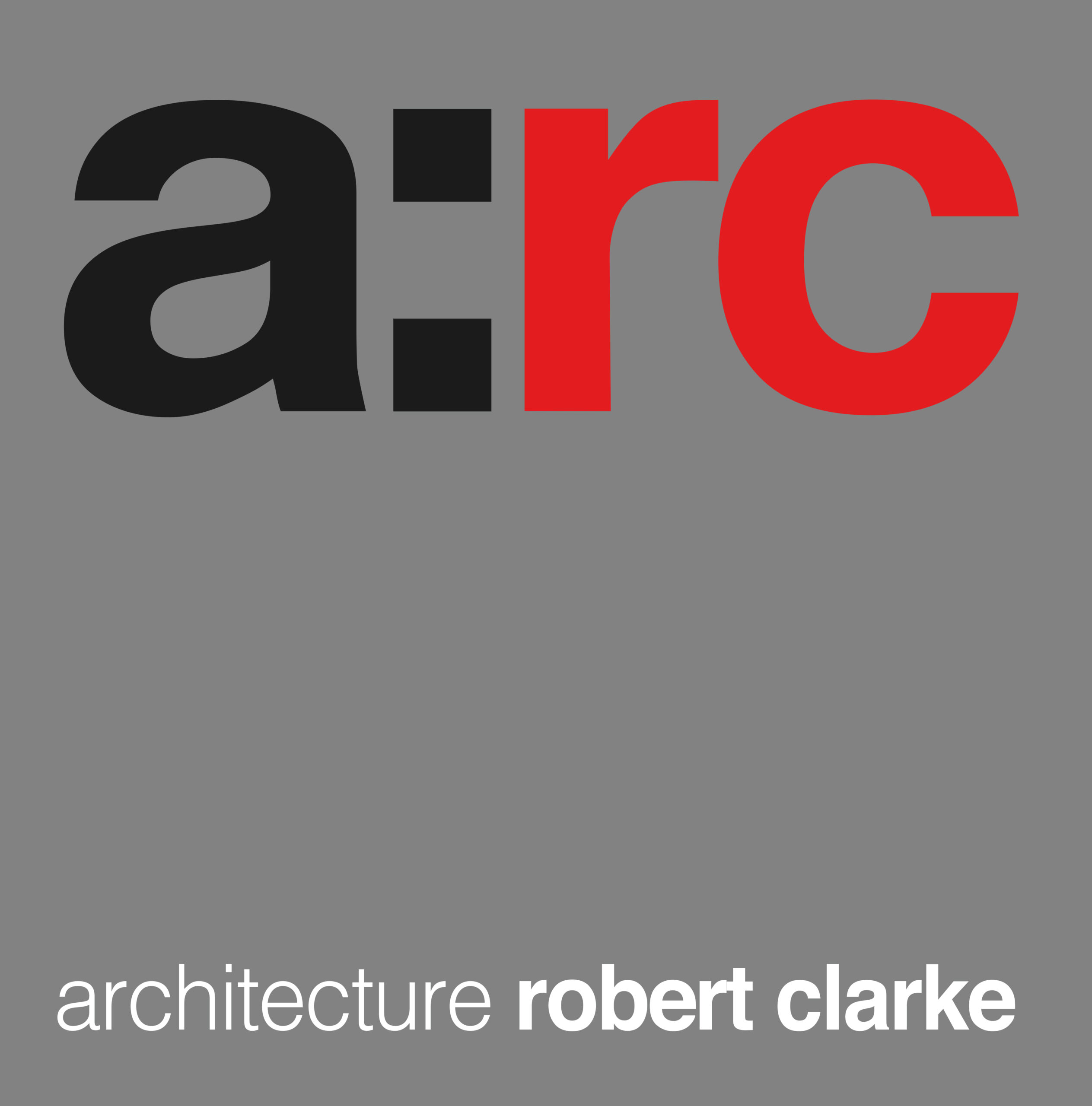Paris, the City of Light, is renowned for its iconic urban design, blending historical elegance with modern innovation. This transformation is largely credited to two visionary figures: Georges-Eugène Haussmann in the 19th century and Carlos Moreno in the 21st century. Their contrasting yet complementary approaches have shaped Paris into the dynamic metropolis we see today.
Haussmann: The Mastermind of Modern Paris
Georges-Eugène Haussmann, appointed by Emperor Napoleon III in 1853, was the architect behind the radical transformation of Paris during the mid-19th century. Haussmann’s vision was to modernise Paris, addressing issues like overcrowding, poor sanitation, and traffic congestion, while also aiming to beautify the city.
1. Boulevards and Avenues: Haussmann introduced wide, tree-lined boulevards that replaced the narrow, winding medieval streets. These grand avenues, such as Boulevard Saint-Michel and Boulevard Haussmann, improved traffic flow and provided elegant vistas.
2. Uniform Architecture: The iconic Haussmannian buildings, with their limestone facades, wrought-iron balconies, and mansard roofs, created a cohesive architectural style that defines Paris to this day.
3. Parks and Squares: Haussmann integrated green spaces like Parc Monceau and Parc des Buttes-Chaumont, offering Parisians recreational areas amidst the urban sprawl.
4. Infrastructure Improvements: The modernisation included new sewer systems, aqueducts, and public amenities, significantly enhancing the quality of life in Paris.
Haussmann’s redesign faced criticism for its displacement of lower-income residents and its authoritarian implementation. However, his legacy is undeniable, laying the foundation for Paris’s reputation as a model of urban planning.
Moreno: The Visionary of the 15-Minute City
Fast forward to the 21st century, and the urban design philosophy of Carlos Moreno presents a new vision for Paris. Moreno, a professor and urbanist, introduced the concept of the “15-minute city,” which aims to create self-sufficient urban neighbourhoods where all essential services are within a 15-minute walk or bike ride.
Key Elements of Moreno’s Design:
1. Localized Living: Moreno’s plan emphasises decentralised urban living, where each neighbourhood has access to work, shopping, education, healthcare, and leisure activities, reducing the need for long commutes.
2. Sustainable Mobility: Prioritising walking, cycling, and public transportation over car usage, Moreno’s approach promotes a healthier, more environmentally friendly urban lifestyle. The expansion of bike lanes and pedestrian zones across Paris is a testament to this vision.
3. Mixed-Use Development: Encouraging mixed-use developments ensures that residential, commercial, and recreational spaces coexist, fostering vibrant, community-oriented neighbourhoods.
4. Green Spaces: In line with Haussmann’s green legacy, Moreno’s plan includes increasing urban greenery, with projects like the transformation of major streets into tree-lined promenades and the creation of urban forests.
Moreno’s 15-minute city model, championed by Paris Mayor Anne Hidalgo, reflects a shift towards sustainability, resilience, and inclusivity in urban planning. It seeks to address modern challenges like climate change, social inequality, and the need for community well-being.
Bridging the Centuries: Continuity and Change
The urban evolution of Paris from Haussmann to Moreno highlights a fascinating blend of continuity and change. While Haussmann’s 19th-century overhaul brought order, beauty, and modern infrastructure, Moreno’s 21st-century vision focuses on sustainability, accessibility, and localised living.
Common Threads:
– Human-Centric Design: Both Haussmann and Moreno prioritise the needs and well-being of residents, albeit through different approaches suitable for their respective eras.
– Green Spaces: The importance of parks and public gardens is a consistent theme, enhancing urban livability and environmental quality.
– Innovative Infrastructure: Whether through Haussmann’s sewers or Moreno’s bike lanes, infrastructure innovation remains central to Paris’s urban evolution.
Divergent Approaches:
– Scale and Implementation: Haussmann’s top-down, large-scale interventions contrast with Moreno’s community-focused, incremental changes.
– Sociopolitical Context: Haussmann operated under an imperial mandate, while Moreno’s ideas reflect contemporary democratic values and environmental consciousness.
_____________________
The journey from Haussmann’s grand boulevards to Moreno’s 15-minute city encapsulates the dynamic evolution of Paris’s urban design. Each visionary, responding to the challenges and opportunities of their time, has left an indelible mark on the city. As Paris continues to adapt and grow, it carries forward the legacies of both Haussmann and Moreno, embodying a rich tapestry of historical depth and forward-thinking innovation.
